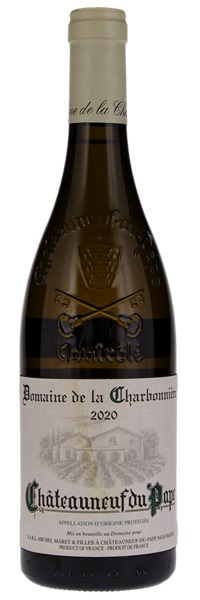Estimate

Densely packed and structured, this is tightly coiled with layers of yellow apple, creamed pear and warm baking spices held firmly in check by a spine of minerality. Reveals burnt sugar, ginger and singed orange rind that play out across the long, vibrant finish.
Powerful and weighty, yet very bright and clean, this has so much white peach and melon on the nose, but also delicate, spicy notes. In spite of the compactness of the palate, the mineral freshness pulls this jumbo dry white into the air at the long and exciting finish.
...notes of citrus zest and white peaches...medium to full-bodied, silky, gently expansive and generous, with excellent balance and harmony.
...spicy, clean, citrus and tangerine-driven bouquet. On the palate, it shows good depth and richness, with medium body, some smoky oak, good mid-palate density, and a great finish.